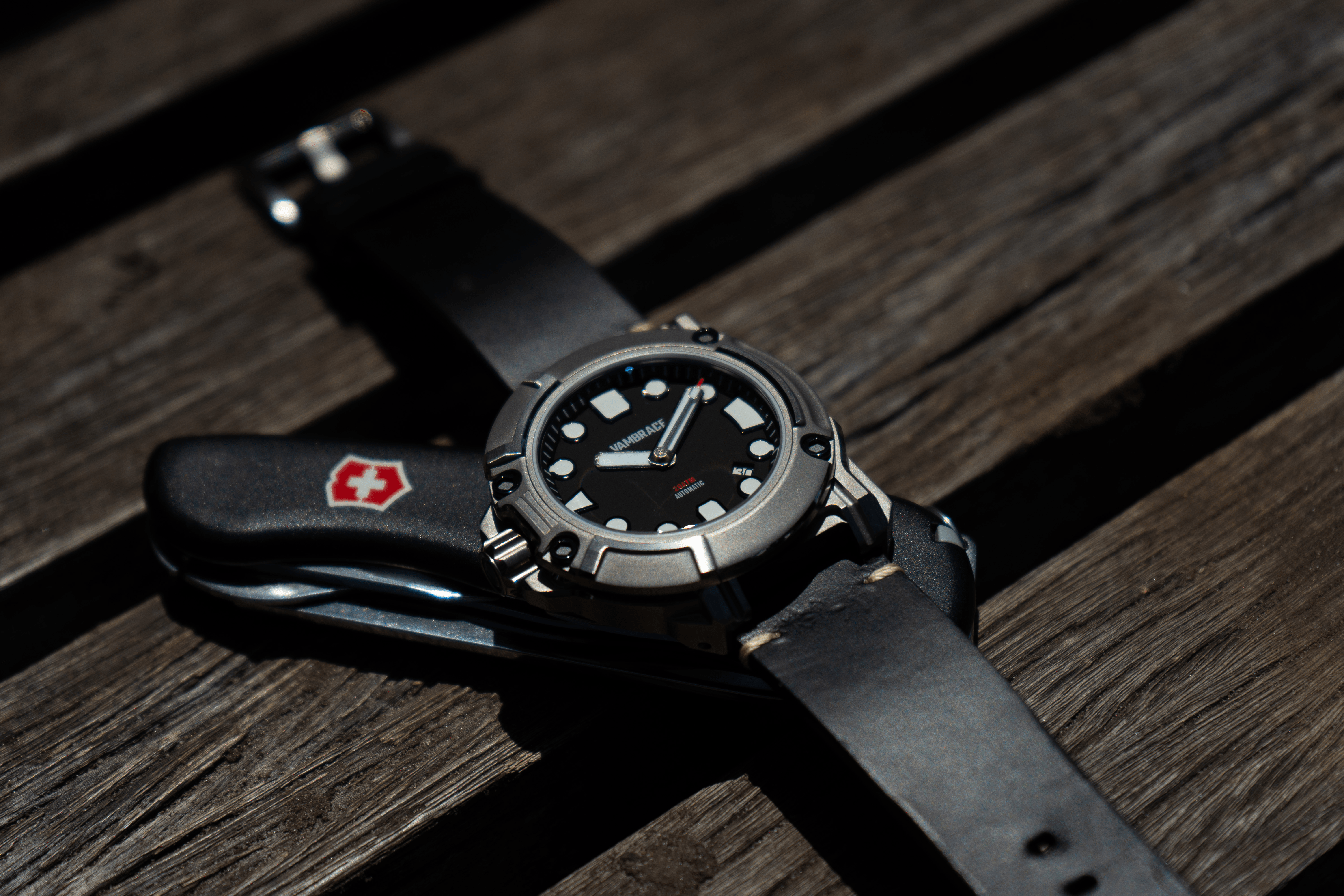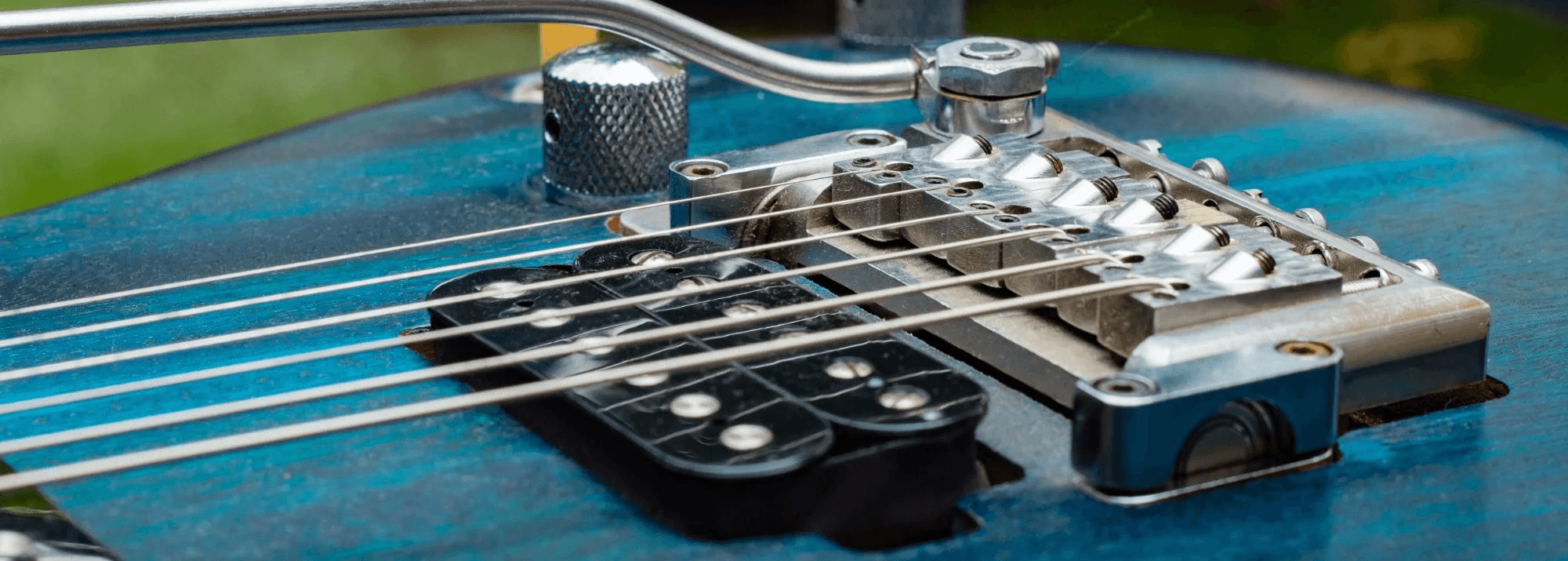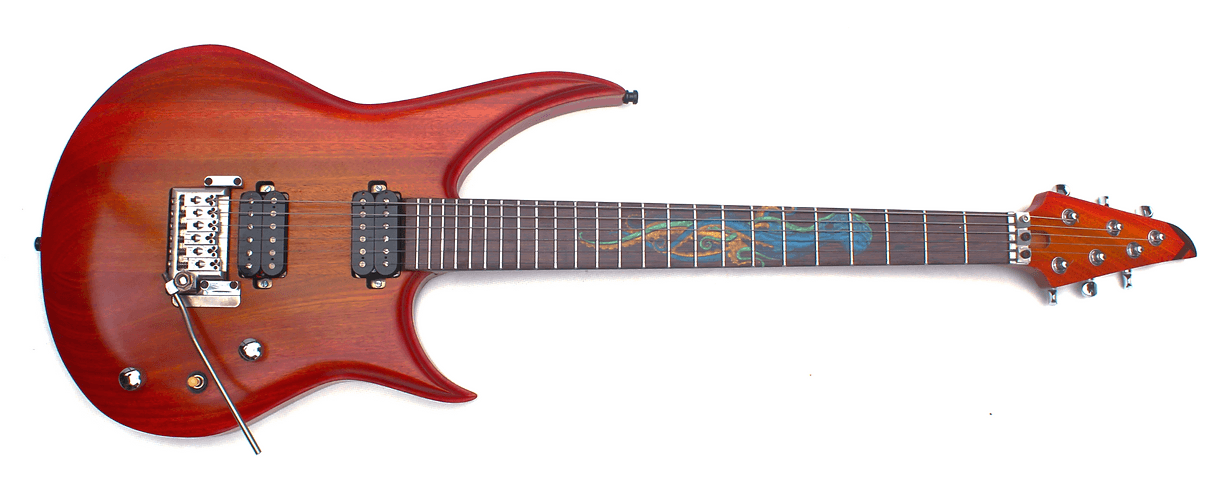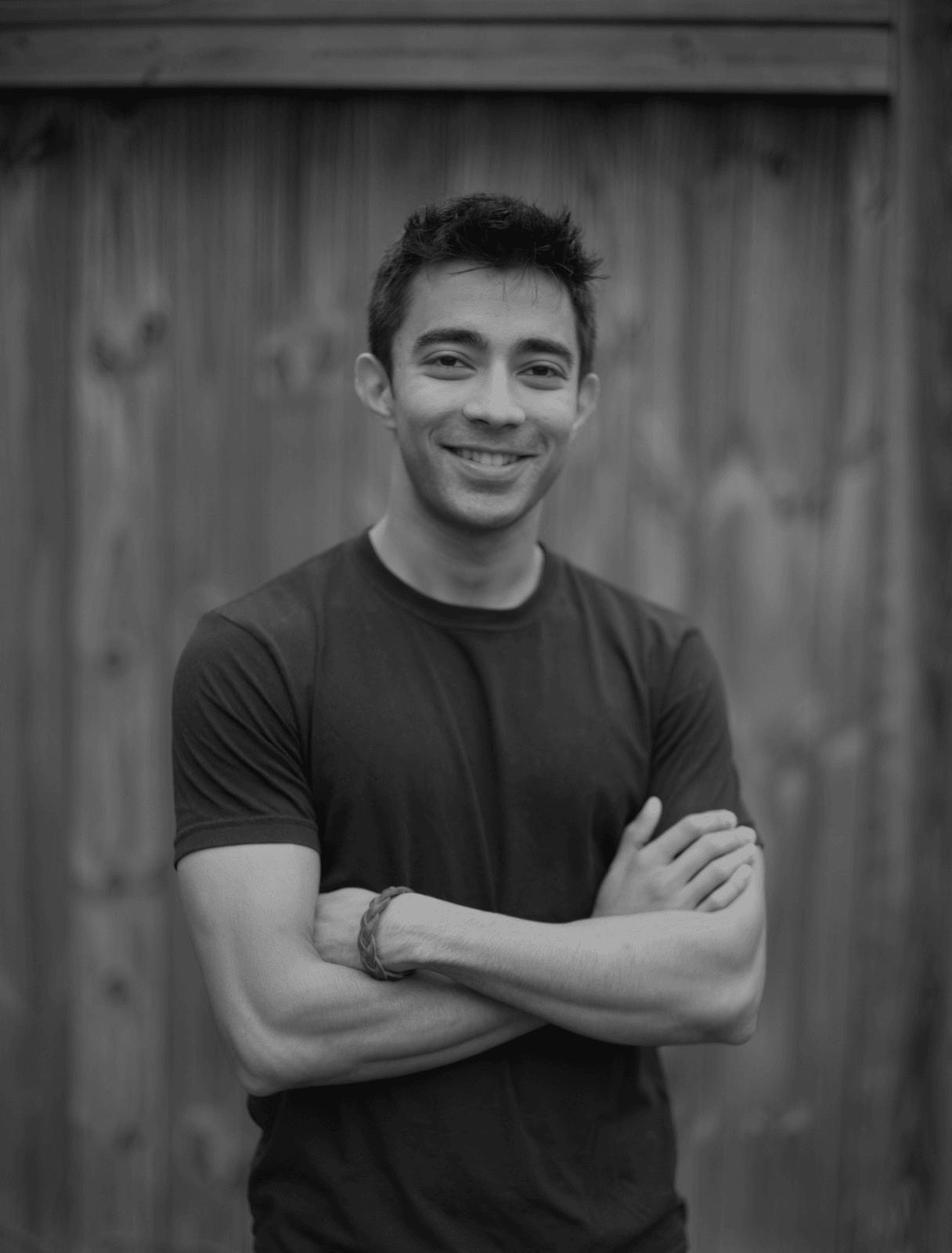We caught up with the brilliant and insightful Anish Kolhatkar a few weeks ago and have shared our conversation below.
Anish, thanks for joining us, excited to have you contributing your stories and insights. We’d love to hear about a project that you’ve worked on that’s meant a lot to you.
One of the most meaningful projects was my electric guitar project titled Astorolus. As a self-taught guitarist and a designer, it was a given that none of the guitars available would not perfectly fit all that I desired. So it began, a pursuit of creating the perfect instrument. It started with a whole lot of research, hearing players’ thoughts, what and why they liked about particular designs. While on this journey, I also realized the limitations of existing hardware designs, particularly the bridge. Using my engineering knowledge coupled with a deep understanding of how the products worked, I was able to create a whole new design that overcame the limitations of current bridges. I also patented this technology. After almost a year of working with wood and metal creating a guitar and a new kind of bridge, the day finally came when I got to play it. The meaning of this project was derived from, how challenging the task was. I had to keep pushing despite hitting several walls. This was one of the first projects that showed me what I was capable of. It is a powerful feeling to overcome a challenge you initially deemed too hard.


Anish, love having you share your insights with us. Before we ask you more questions, maybe you can take a moment to introduce yourself to our readers who might have missed our earlier conversations?
I have been a maker all my life. I started young tinkering with electrical appliances, creating styrofoam models, and modifying toys. It wasn’t long before I started taking on harder challenges, learning a lot, and growing as a maker. What makes me unique as a designer is my ability to seamlessly merge aesthetics and engineering. Designers are problem solvers and my mission is to create the most elegant solutions.
I have a large, ever-expanding knowledge base that allows me to entrench myself into a project, understand the intricacies, and provide solutions that work. It is as if designers and engineers speak in different languages and certain things get lost in translation. I aim to bridge that gap.
I am an expert in varied fields, including design and engineering, manufacturing, production, apparel and footwear design, watch design, and knife design, to name a few. Experience and knowledge from all these seemingly disconnected fields cross over quite often and provide me with a unique outlook that has proven beneficial for my clients time and again.


Have you ever had to pivot?
Growing up, I had an interest in science as much as in art. School often asks you to make a choice between the two, forever abandoning the other. I was faced with that very question as I graduated from high school. On one hand, it was apparent that a creative discipline would be smooth sailing, and on the other a tough, grueling battle to become an engineer. Going against the well-meaning advice of mentors and family, I choose to build a strong foundation in engineering before becoming an industrial designer. This decision may not have been a complete pivot but it was a temporary detour before reaching my goal.


What’s the most rewarding aspect of being a creative in your experience?
The most rewarding aspect of an industrial designer is watching a product come to life. It is great to see a product or technology you created in action. I had the unique opportunity to develop products in the EDC space, namely a new tool system for the KeyBar (a multi-tool and key organizer) and a few knives, and watching them on YouTube being praised by reviewers is fulfilling.
Contact Info:
- Website: https://www.akoldes.com/
- Instagram: https://www.instagram.com/anishkolhatkar/
- Linkedin: https://www.linkedin.com/in/anish-kolhatkar/




